Nature doesn’t tiptoe—it thunders, soars, and stampedes across the land.
Every year, millions of animals set out on journeys that defy logic and shatter expectations.
We’re talking epic mile-counts, near-impossible odds, and mind-blowing precision—all happening right here in the U.S.
No passport. No plane ticket. Just wild instinct on full display.
From skies filled with wings to highways crawling with crabs, these migrations aren’t just impressive.
They’re jaw-dropping, heart-thumping, once-in-a-lifetime spectacles.
And you can witness them—if you know where (and when) to look.
So grab your binoculars and brace yourself.
These 15 animal migrations will leave you stunned, inspired, and maybe a little bit breathless.
Monarch Butterfly Migration
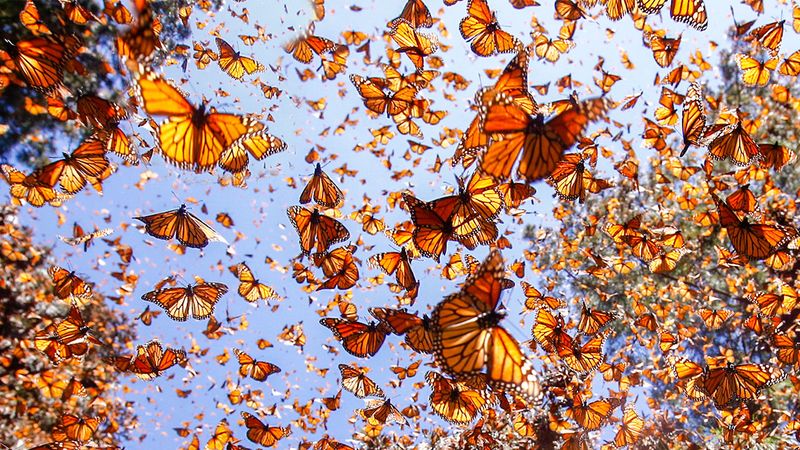
Monarch butterflies, those delicate orange and black wonders, embark on an epic journey from Canada to Mexico each autumn. Their migration is both a scientific marvel and a spectacular sight. Imagine standing in a Californian grove, surrounded by thousands of fluttering wings that paint the air with vibrant orange hues.
These butterflies travel up to 3,000 miles, guided by a mysterious combination of genetic memory and environmental cues. The sense of wonder deepens as you realize that these monarchs have never made this journey before.
Their perseverance exemplifies nature’s resilience and the marvels of instinctual behavior.
Caribou Migration in Alaska
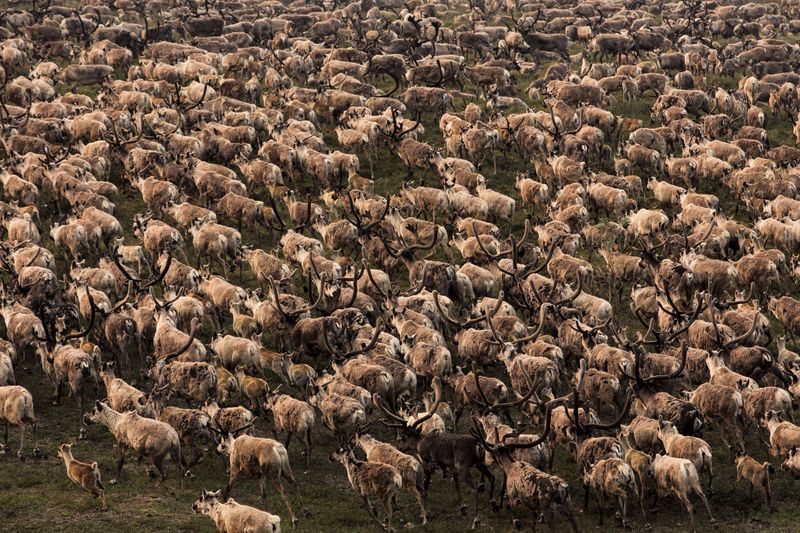
The majestic caribou migration in Alaska is a mesmerizing spectacle of endurance and tenacity. As you observe thousands of caribou moving across the tundra, their antlers form a living tapestry against the stark Alaskan wilderness.
These creatures traverse over 3,000 miles annually in search of food and breeding grounds. Their journey is fraught with challenges, from predators to harsh weather conditions.
Yet, the caribou’s instinct and strength propel them forward, embodying the primal spirit of survival. Witnessing this migration connects one to the raw, untamed beauty of nature.
Humpback Whale Migration
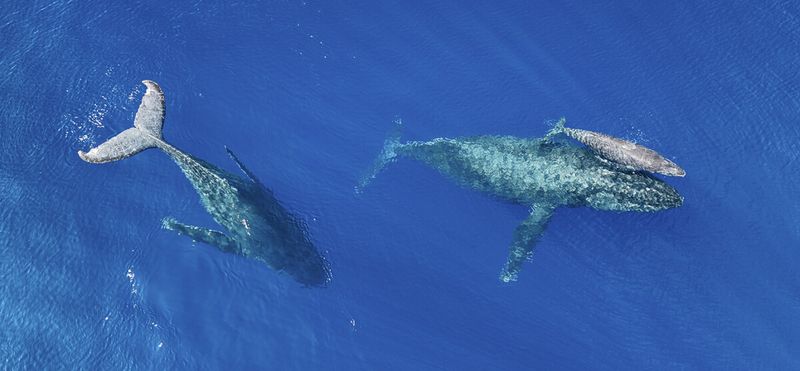
The humpback whale migration is nature’s oceanic ballet, a captivating display of grace and power. Each winter, these giants travel from the cold waters of Alaska to Hawaii’s warm embrace.
Breaching and singing, humpbacks cover nearly 3,000 miles, navigating the vast Pacific Ocean with unerring precision. It’s a journey driven by the need for warmer breeding grounds.
The sight of a humpback breaching the surface, sending cascades of water into the air, is a surreal experience. Their songs, haunting and beautiful, echo through the ocean depths, a symphony of nature.
Sandhill Crane Migration
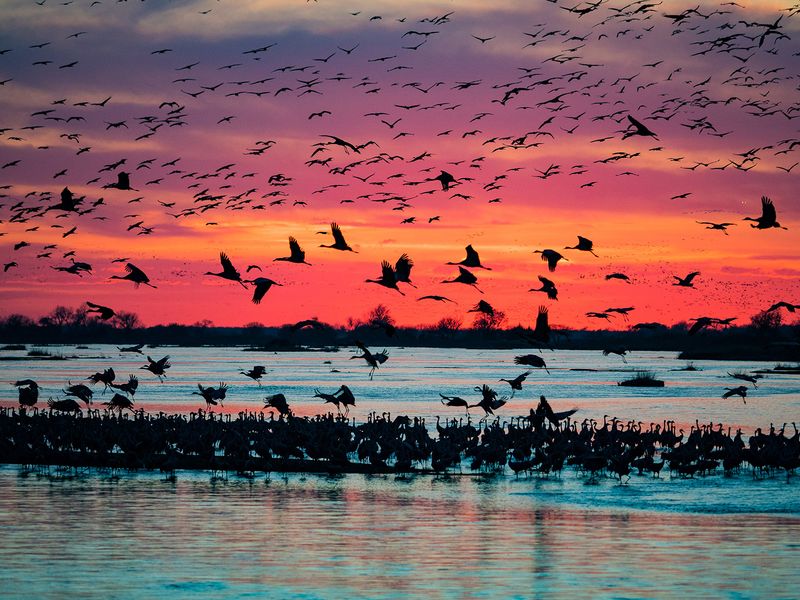
Every spring, Nebraska’s skies fill with the graceful silhouettes of sandhill cranes. These elegant birds, known for their long necks and legs, embark on their migration northward.
As they gather along the Platte River, the air fills with their distinctive calls, a chorus that signals the changing seasons. Over half a million cranes congregate here, a sight that transforms the landscape into a living canvas.
The cranes’ ancient migratory path, spanning thousands of miles, speaks to the enduring rhythms of nature and the cyclical dance of life.
Pacific Salmon Run
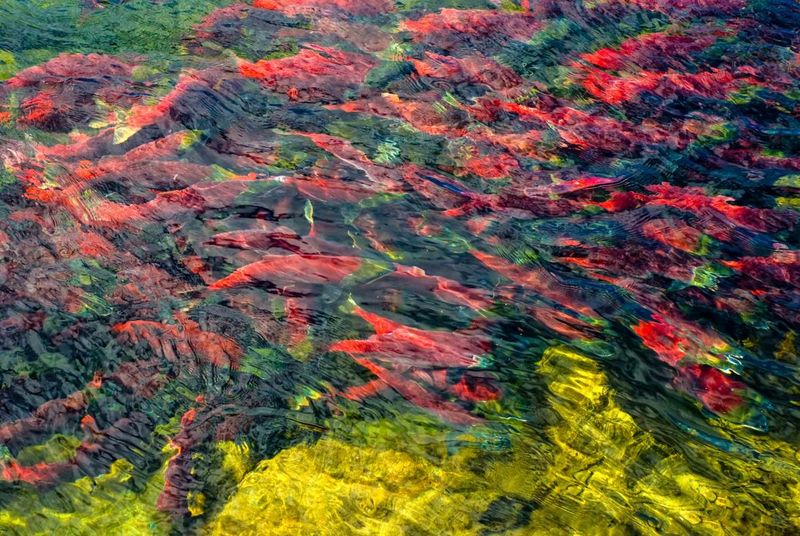
The Pacific salmon run is a powerful symbol of life’s cyclical nature. Each year, salmon journey from the ocean back to their freshwater birthplaces to spawn.
In Alaskan rivers, the water comes alive with the shimmering movement of salmon fighting the current. This migration is a culmination of their life cycle, a journey fraught with peril from predators and exhausting distances.
Yet, the salmon’s relentless determination is awe-inspiring. Their instinct to return home illustrates nature’s profound wisdom and the interconnected web of life in aquatic ecosystems.
Pronghorn Migration in Wyoming
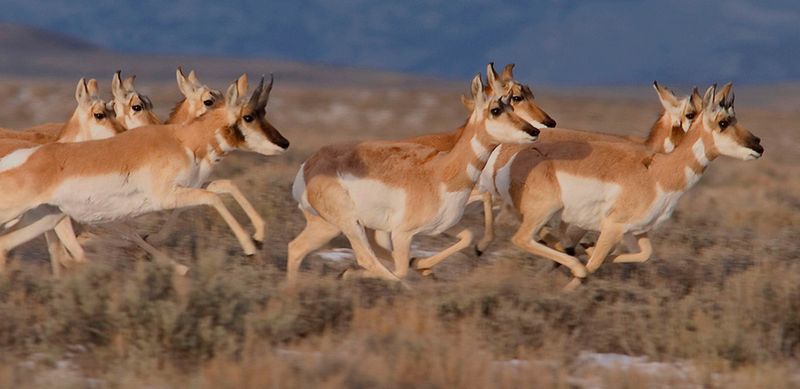
Wyoming’s pronghorn migration is one of North America’s longest terrestrial migrations, an impressive feat of speed and stamina. These swift antelopes traverse over 150 miles from their winter ranges to summer breeding grounds.
As they race across the plains, pronghorns seem almost to fly, with speeds over 60 mph. Their journey is guided by ancient migratory routes etched into their DNA.
Witnessing the pronghorn migration offers a glimpse into a world where speed is survival, and the open landscape becomes a stage for nature’s dynamic performance.
Gray Whale Migration
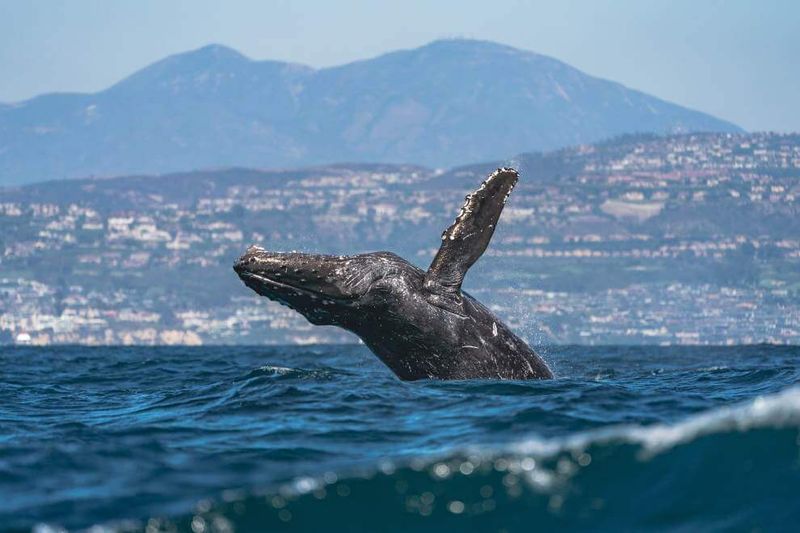
The gray whale migration along the Pacific coast is a testament to the endurance and mystery of ocean giants. These whales embark on a 10,000-mile round trip from the Arctic to Mexico’s lagoons.
Traveling close to shore, they offer spectacular viewing opportunities. Observers can spot their barnacle-encrusted bodies and massive flukes breaking the ocean’s surface.
The journey is driven by the need to breed and give birth in warmer waters. Gray whales’ annual odyssey is a reminder of the ocean’s vastness and the intricate paths carved by instinct.
Whooping Crane Migration
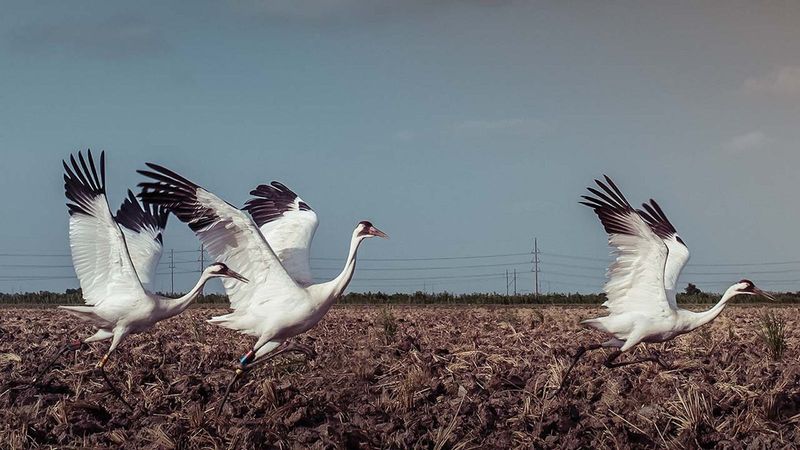
Witnessing the whooping crane migration is a rare and precious experience. These endangered birds, once on the brink of extinction, journey from Canada to the Gulf Coast of Texas.
Their striking white plumage and graceful flight capture the imagination. As they soar over wetlands, their powerful wings beat a rhythm of hope and survival.
This migration is a testament to conservation success stories, where human intervention has helped a species recover. Observing whooping cranes reminds us of nature’s fragility and the ongoing efforts needed to preserve it.
American Robin Migration
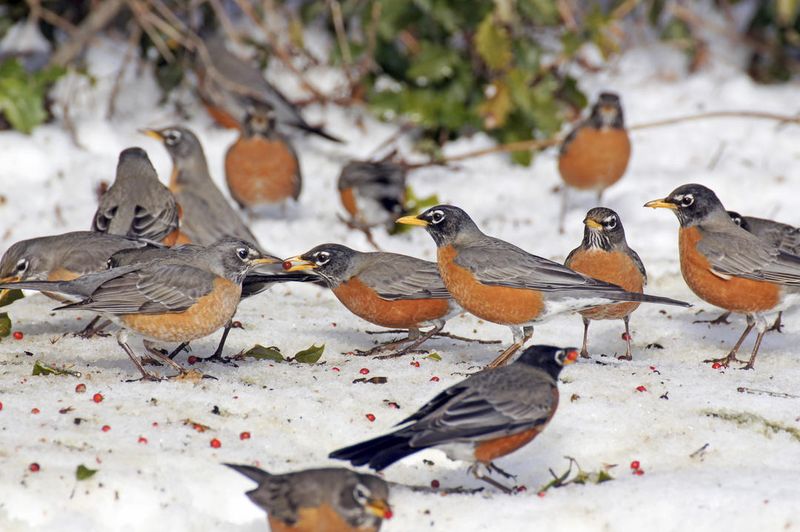
The American robin migration is a familiar yet fascinating phenomenon. As autumn arrives, these beloved birds begin their journey southward across the U.S.
Robins gather in large flocks, their cheerful songs accompanying the changing seasons. They follow ancient routes, navigating by landmarks and celestial cues.
Their migration, though not as lengthy as others, is a harbinger of fall’s arrival. The sight of robins hopping across lawns in search of food is a comforting reminder of nature’s cycles and the resilience of common wildlife.
Desert Bighorn Sheep Migration
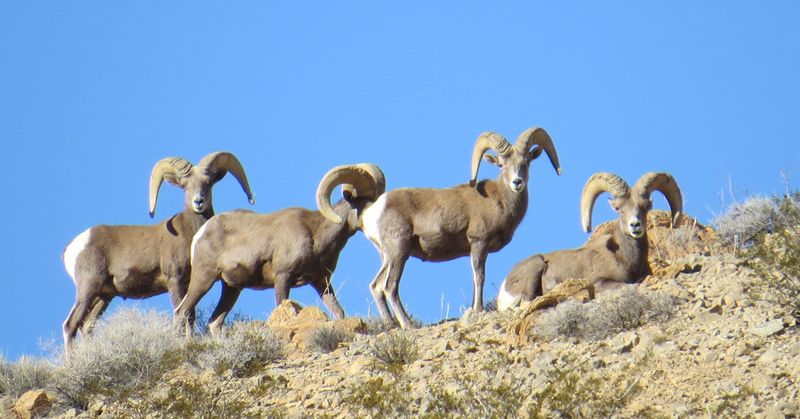
In Nevada’s rugged landscapes, desert bighorn sheep undertake a lesser-known but impressive migration. They navigate harsh terrains in search of grazing and water.
These agile climbers traverse mountain ranges, their sure-footedness a marvel of adaptation. The sheep’s journey is a blend of necessity and survival, moving between seasonal habitats.
The sight of bighorn sheep against the backdrop of stark desert landscapes is a testament to nature’s resilience. Their presence embodies the spirit of wildness and the challenges faced by wildlife in arid environments.
Loggerhead Sea Turtle Migration

Loggerhead sea turtles embark on one of the longest migrations in the animal kingdom. Originating from nesting beaches along the U.S. East Coast, they traverse vast oceanic distances.
In Florida, these turtles return to lay eggs, guided by magnetic fields and environmental cues. Their migration is a slow, purposeful journey through warm currents.
The sight of a loggerhead turtle emerging to nest is awe-inspiring, a reminder of life’s continuity. This ancient migration pattern speaks to the enduring mysteries of marine life and the journey of perseverance.
Bison Migration in Yellowstone
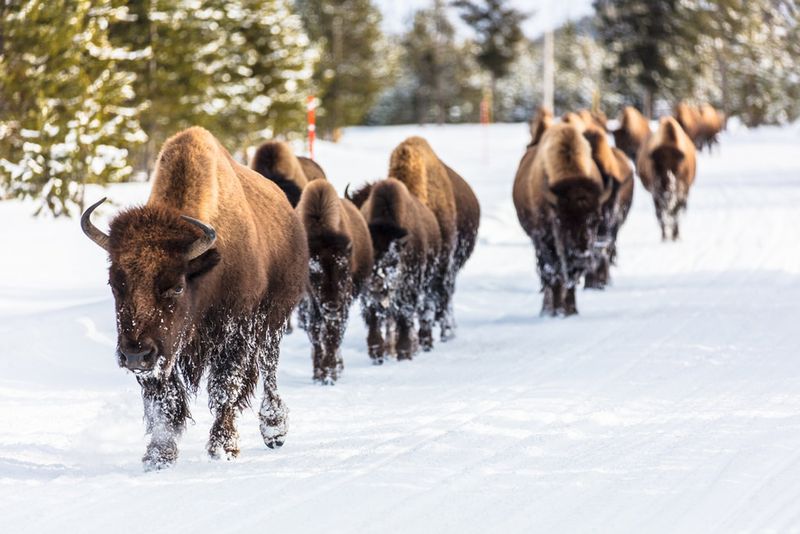
Yellowstone’s bison migration is an iconic symbol of the American West. As the seasons change, these majestic animals move in search of food and suitable habitats.
Witnessing a herd of bison traversing the park is a step back in time, to an era when vast herds roamed free. Their migration is a dance between survival and the landscape’s dictates.
The bison’s presence in Yellowstone underscores the importance of conservation and the preservation of natural ecosystems. It’s a living legacy of nature’s grandeur and resilience.
Ruby-throated Hummingbird Migration
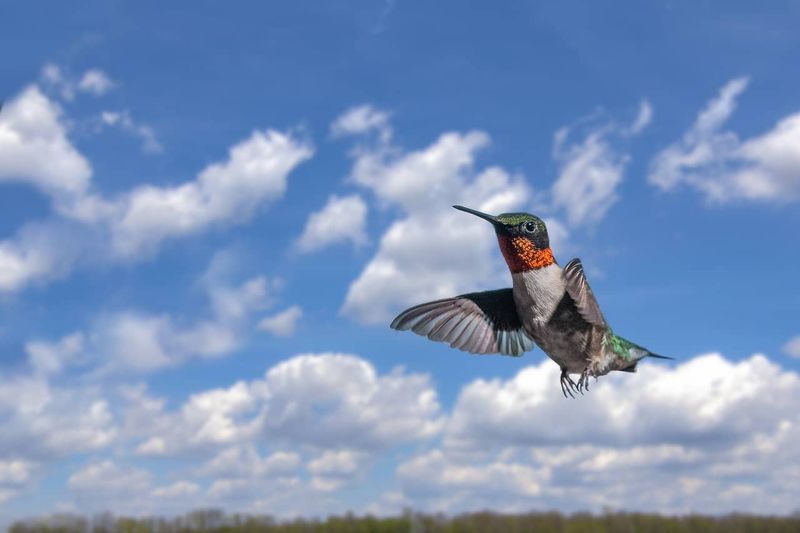
Ruby-throated hummingbirds, tiny jewels of the bird world, embark on a remarkable migration from North America to Central America.
Their journey involves crossing the vast Gulf of Mexico, a feat of endurance for such small creatures. Hummingbirds rely on stored energy, flapping their wings up to 80 times per second.
The sight of these vibrant birds hovering near flowers is a captivating spectacle. Their migration reminds us of the intricate connections between species and the ecosystems they inhabit, a delicate balance of nature’s wonders.
Manatee Migration in Florida
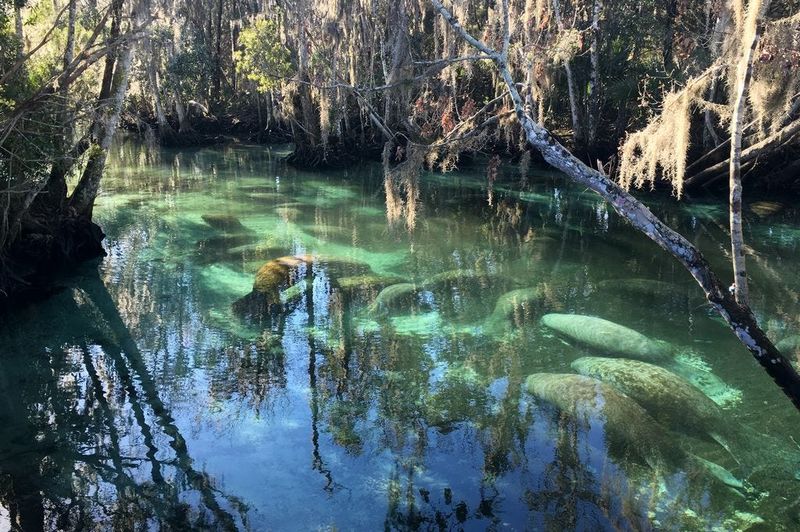
Manatees, the gentle giants of Florida’s waterways, embark on seasonal migrations seeking warmer waters. As temperatures drop, they move to natural springs and power plant outflows.
Observing manatees in their winter refuges is a serene experience. Their slow, graceful movements and gentle nature embody peace.
Manatee migrations highlight the vulnerability of species to environmental changes. The efforts to protect their habitats are crucial for their survival. Watching these majestic creatures serves as a reminder of the beauty and fragility of aquatic life.
Elk Migration in the Rocky Mountains
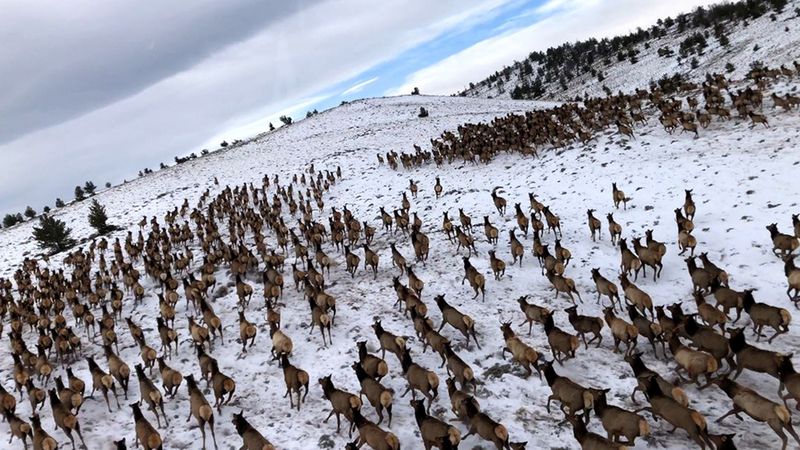
The elk migration through the Rocky Mountains is a dramatic display of nature’s grandeur. Each autumn, thousands of elk descend from higher elevations to seek milder climates.
This migration is a symphony of sights and sounds, as bugling males compete for mates. The journey involves traversing mountain passes and valleys, a testament to the elk’s strength.
Watching elk move through snow-dusted landscapes is a reminder of the wild beauty and seasonal rhythms that define the Rockies. It’s a spectacle that connects us to the land and its timeless cycles.

